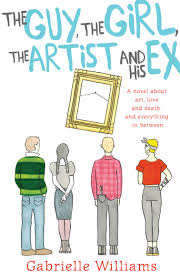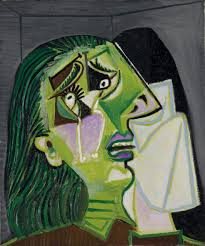The Flywheel by Erin Gough

The Flywheel by Erin Gough came to my attention via the Readings Summer Reading Guide a few years ago. I have a ‘No Junk Mail’ sticker on my letterbox, but go out of my way to make sure I get this catalogue every year, then spend hours happily poring over the book reviews and recommendations.
Ordinarily, I would not have read The Flywheel. For starters, it is Youth Fiction. Secondly, it is teen romance. But Readings recommended the book, so I read it.
The heroine, Delilah, is 17 and lives in Sydney. Her mother ran off with another man last year and her father is off seeing the world, leaving Del home alone, running the family cafe, The Flywheel, with the help of a manager.
Things get complicated when the cafe’s manager gets picked up for a traffic infringement and is deported. Del hires a new manager, but then catches him with his fingers in the till and gives him the sack. Del decides on a whim to leave school and manage the café herself.
Del’s decision to leave school was also made because she was being bullied. Del is openly gay and the mean girls have it in for her.
Del has loads of adventures with her friends, a few false starts to romance and in the meantime almost runs the café into the ground. Things come right in the end though.
I liked that the characters sometimes made bad decisions, but eventually worked out better ways to do things, and I also liked that the characters felt strongly about community issues, such as saving local libraries. Del is a likeable heroine who is resilient and has a strong character. While I wouldn’t go out of my way to read another Youth Fiction book by this author, I would recommend The Flywheel to teenage readers.







Recent Comments